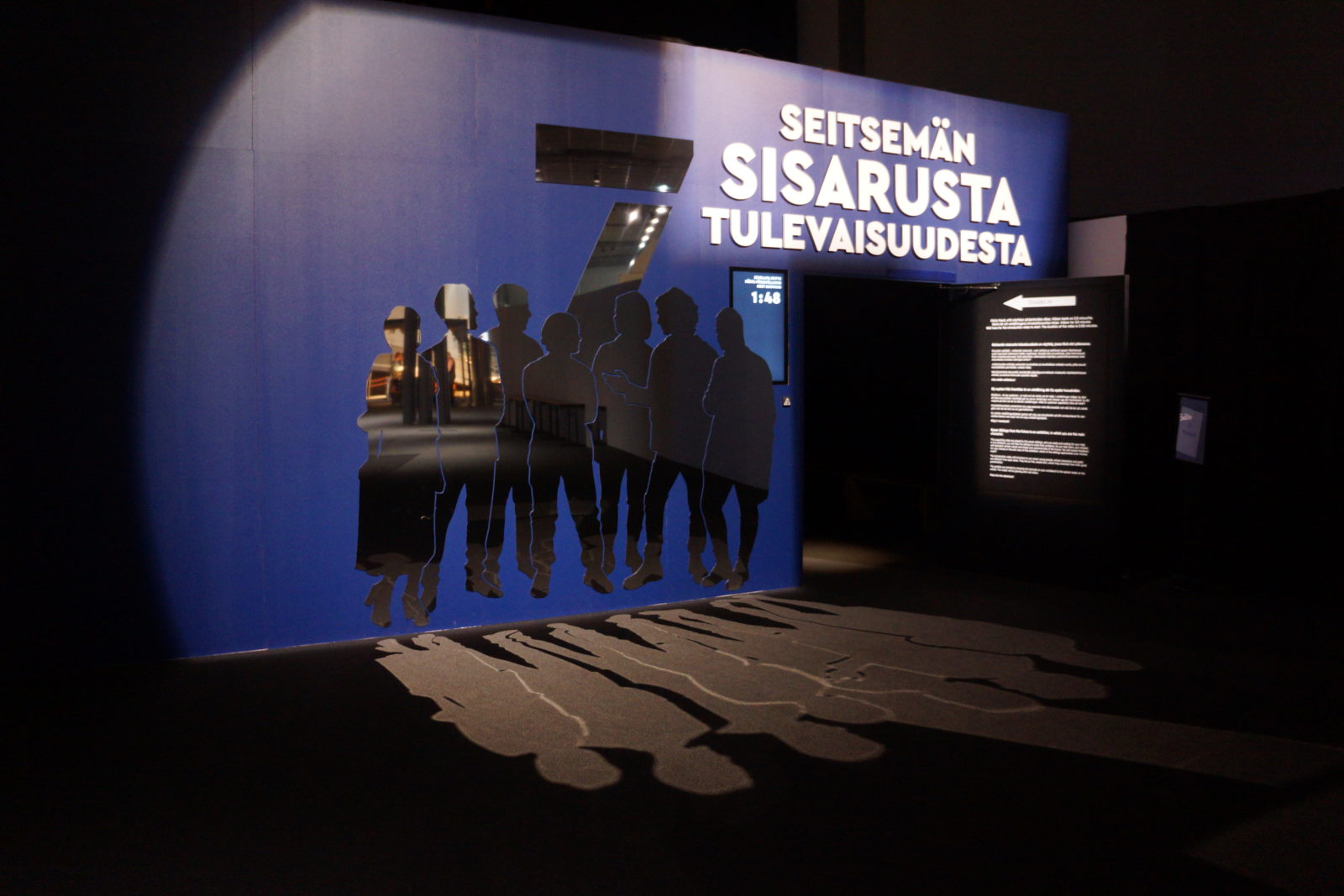Posted 18 Dec

Kristin, MOD.’s director, first saw the Heureka Science Centre’s exhibition Seven Siblings from the Future in September 2018. Around 14 months later we were launching our Australian adaptation. Looking back, it’s pretty remarkable! Over the course of a big year we attended a workshop in Finland, imagined a future Australia, and created our Seven Siblings.
Heureka created this exhibition in collaboration with Sitra, a Finnish futures organisation, based on Seitsemän Veljestä (Seven Brothers). This book is considered to be the first significant novel to come out of Finland. Published in 1870, Seitsemän Veljestä follows the story of these seven brothers who live in the town of Jukola. They often fight, but work together and become good family men by the end of the story — quite the classic 19th century moralistic tale.
The exhibition took place during a special year for Sitra (celebrating 50 years of future-oriented work) and for Finland itself (the country’s 100 year anniversary), so Seven Siblings was created in this honour. Sitra and Heureka used this famous Finnish story to re-imagine the characters and story 50 years into the future.

The Finnish siblings were understandably very Finnish. The family follows a similar story to that of Seitsemän Veljestä — their great-grandmother dies and the siblings must work together to decide what to do with the plot of land called Jukola. The siblings were chosen to represent the future Finnish population, with two characters representing the migration from Africa and Southern Europe. The siblings are regular young people. They each have jobs, studies, and passions. In many ways, they are similar to us in Australia. But most notably, the siblings each have a core value that drives them. This value shapes the decisions that they make and their individual world views. These were taken from the Schwartz’s Basic Human values.
Shalom H. Schwartz came up with the Theory of Basic Human values which summarise the personal values that can be recognised across cultures. These are things like hedonism and benevolence, achievement and universalism. Each of the seven siblings embody one of these values that are most valued by Finns. When we came to adapt this to Australia it was easy. Interestingly, the Finnish and Australian values are quite similar. We share the same top values, just prioritise them slightly differently.

Finland’s future is otherwise quite different to Australia. A future of warmer weather is actually quite a pleasant prospect up there in Scandinavia. They’ve noticed animals from southern Europe moving their way up, as with deciduous trees. Otherwise, the Finnish Seven Siblings asks questions that are just as relevant to us here in Australia. What does it mean to work with robots? How will climate change impact our cities and the ways we get around? How will personalised medicine shape our lives?
It was a really interesting project, taking a classic Finnish tale and re-creating it in a future Australia. I’m going to explore our adaptation over the next few months. I will take you behind the scenes and dig a little deeper into some of the choices and problems we faced in adapting this story and creating the future of Australia.